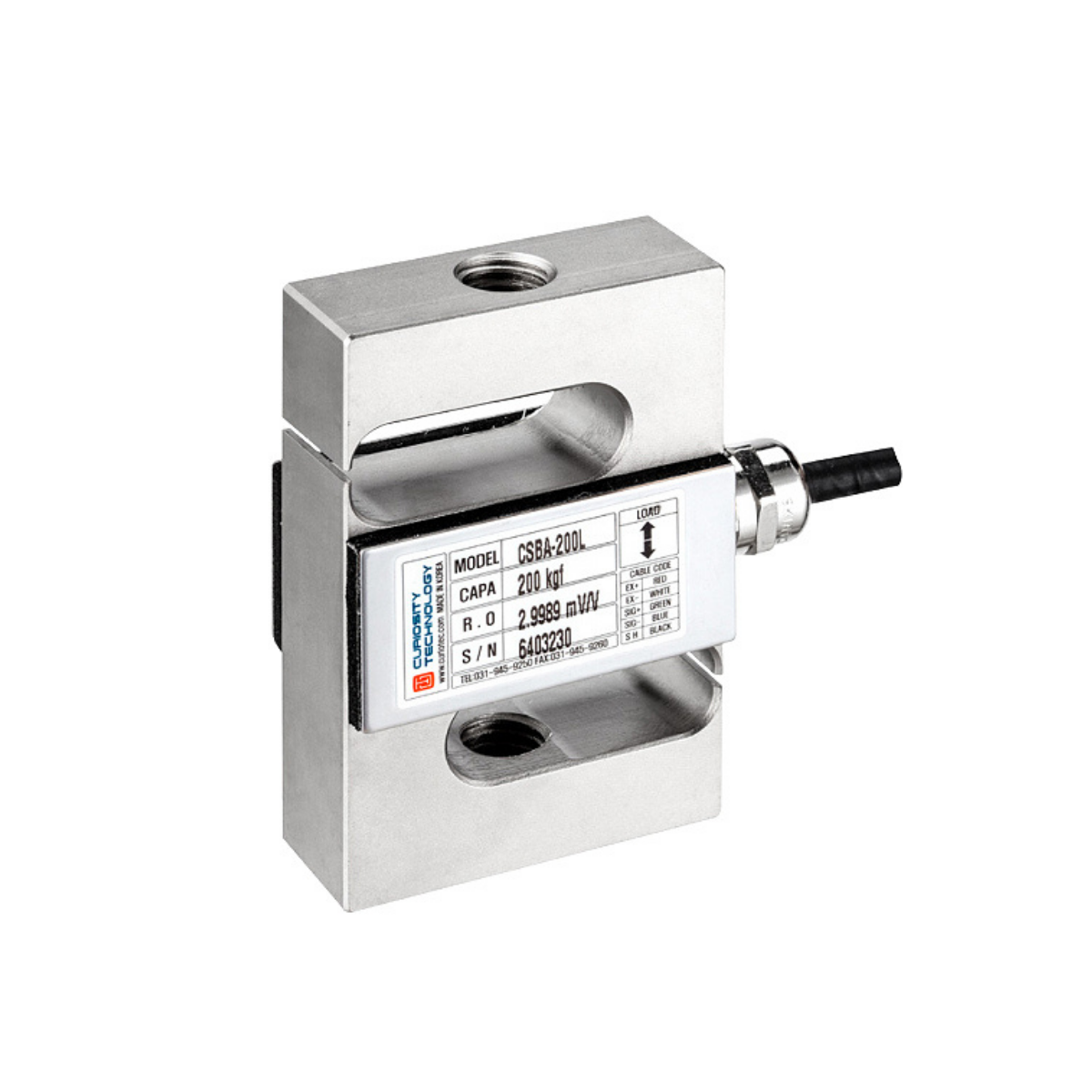Why You Should Use a Dedicated Load Cell Cable
Load cell signals between a load cell transmitter and a display, or controller, should not be conducted with an ordinary instrument cable. Instead, it should be conducted with a dedicated load cell cable.The reason is that the resistance of the wire needs to be as low as possible.
When force or tension is applied to a load cell, there is a very slight change in the resistance of the load cell’s bridge circuit. The load cell transmitter converts the output from the load cell to an extremely low number of milli-volts for every 1 volt of excitation voltage (mV/V).

Therefore, it is imperative that the resistance of the cable has a minimal influence.
As these very small changes in mill volts are transmitted, they are susceptible to external voltage influences, which would also compromise the accuracy of the values being received.
Hence, it is important that the correct screening is used on the cable
Load cell cables have copper braid and/or foil with the correct amount of coverage and protection.
There are two standards of load cell cable, 4 core or 6 core. Most load cells come fitted with a 4-core cable, 6 core is usually supplied on request.
6 core load cell cables are used for longer distances, as the 2 additional wires allow for the compensation of the extra resistance, thereby limiting volt drop in longer lengths of cable.
The suggested maximum run of 4 core is around 10-15 metres. After that it is necessary to extend further with 6 core cable.
It should be noted that the actual maximum run of cable you can install before you experience any voltage drop is dependence on the load cell resistance, the excitation voltage, and the cable resistance per meter.
Are you looking for a solution to your weight or force measurement challenge? Then contact ADM Instrument Engineering. A member of our expert team will gladly suggest load cells and load cell accessories that you could use to get the job done.
IS THIS INFORMATION USEFUL?
If so, why not share it with your peers and colleagues. Simply click on the blue LinkedIn share icon below.


